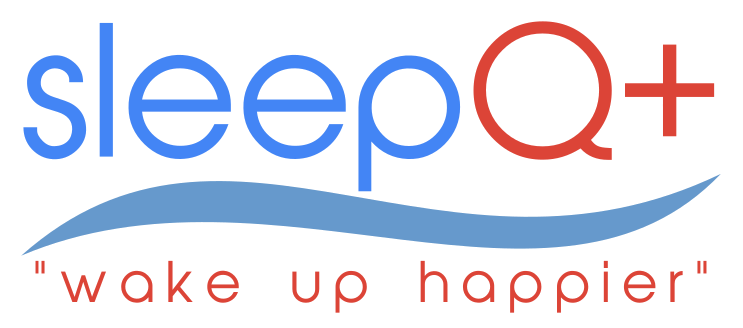July 01, 2017
AHI stands for apnea-hypopnea index which is a scale that indicates if you have apnea, a potentially serious sleep disorder in which breathing repeatedly stops and starts.
The AHI is an important calculation made based on the results of a standard overnight sleep study called a polysomnogram or in home sleep apnea testing. As part of these tests, there are sensors placed in the nose or near the mouth that measure air movement.
There are also belts positioned across the chest and stomach that stretch as breathing occurs. Apnea events occur when the airway becomes completely obstructed and no airflow is detected by the nose and mouth despite effort occurring as measured by the chest and abdominal belts.
If the airflow is reduced only partially, but by at least 30 percent as estimated based on a graph of the signal, it is called a hypopnea.
These events are thought to be significant when they occur in the context of two other events: oxygen level drops or arousals from sleep. The oxygenation of the blood is measured with an oximeter, a small sensor that shines a red light through the fingertip.
When the oxygen level falls, this is called a desaturation, and drops of at least 3 percent are problematic. Standard sleep studies also record arousals from deep to light sleep and even awakenings with an electroencephalogram (EEG). These awakenings may fragment sleep, make it unrefreshing, and lead to daytime sleepiness.
Apneas and hypopneas are interpreted as disruptive when paired with either oxygen desaturations or arousals.
The AHI is an averaged measure. It is calculated by taking the total number of significant apnea or hypopnea events divided by the total amount of time spent asleep in hours.
In other words, it is the number of times per hour of sleep (or recording) that the airway partially or completely collapsed, leading to significant drops in the oxygen levels of the blood or arousals from a deeper to a lighter stage of sleep.
If your AHI is 15, this means that, on average, 15 times per hour of sleep your breathing was compromised and this led to adverse consequences.
There are some sleep facilities that use other measures to assess this degree of severity. The respiratory-disturbance index (RDI) may be used if a measurement of airway resistance with a pressure esophageal manometer is also included in the study.
The oxygen-desaturation index (ODI) attempts to calculate the number of apnea or hypopnea events per hour that lead to an oxygen drop of at least 3 percent.
This is thought to be important in assessing the risk of long-term cardiovascular (high blood pressure, heart attack, and heart failure) or neurocognitive (stroke and dementia) consequences.
If your sleep study does not contain these more specific measures, this is nothing to worry about.
How does the numeric value as reported by an AHI correlate with the severity of sleep apnea? Although the standards are widely accepted throughout the field of sleep medicine, the cutoffs for each classification are admittedly somewhat arbitrary. Based on research, the following groupings are used in adults:
In general, these measures are of added significance if there is evidence of other adverse effects from sleep apnea, including an elevation in the Epworth sleepiness scale above 10, a marker of excessive daytime sleepiness.
This information can further be useful as you consider treatment options. For example, mild to moderate sleep apnea may be treated with continuous positive airway pressure (CPAP) as well as with oral appliances.
Positional therapy and other interventions may also be reasonable. Moreover, surgical treatments may be more effective at curing the condition in people with less severe sleep apnea.
There is some controversy regarding people who have a milder degree of sleep apnea. Along this spectrum may be pre-menopausal women (who are protected by the hormones estrogen and progesterone) or people of normal body weight who, rather than having overt sleep apnea, may instead have upper airway resistance syndrome (UARS).
It should additionally be noted that children may have sleep apnea diagnosed at a far lower AHI. Typically, the AHI is thought to be abnormal when it is greater than 1 (though this threshold was previously 2). This is complicated by developmental changes that occur in puberty.
Adolescents who have already gone through their major growth spurt may be best assessed using the adult classification. This assessment and determination is best made based on the clinical judgment of your child’s sleep specialist.
The AHI can also be useful to monitor your response to continuous positive airway pressure (CPAP) therapy. The goal is to be in the normal range, with fewer than 5 events per hour, but a lower number is better. It is often possible to optimize the settings to get the AHI down to 1 or 2.
If you have further questions about what the AHI means to you, speak with your doctor about the test results and the best treatment options to address your needs.
Updated 1st July 2017
Comments will be approved before showing up.
March 09, 2025
There is extensive scientific research that supports the link between mouth breathing and sleep disorders.
The nose is nature’s design to deal with air intake. (1) Mouth breathing is linked to reduced exercise capacity (2), snoring, sleep apnea, (3) sleep disorders and attention deficit hyperactive disorder (ADHD) (4) sinus congestion, facial abnormalities (5), allergies, asthma, dental crowding and crooked teeth. (6)
October 21, 2022
July 20, 2022
